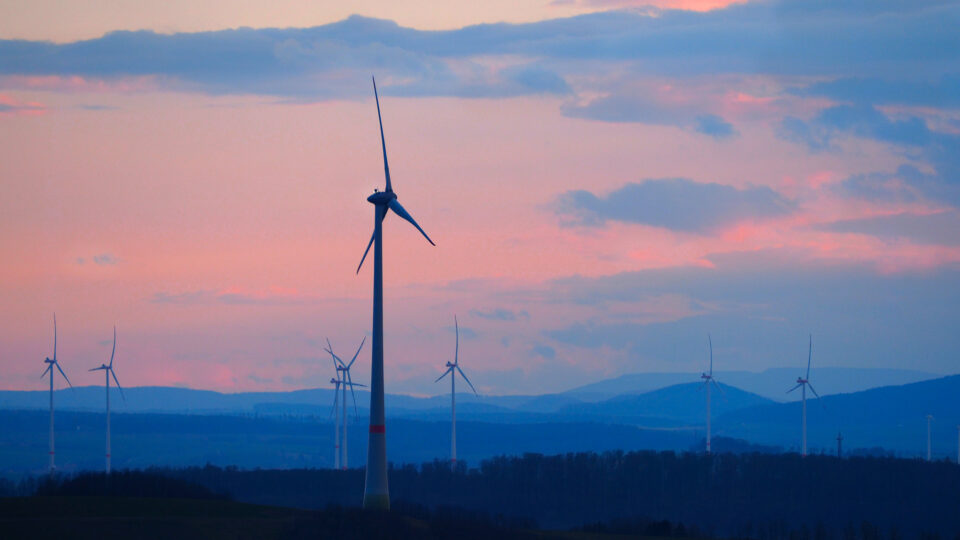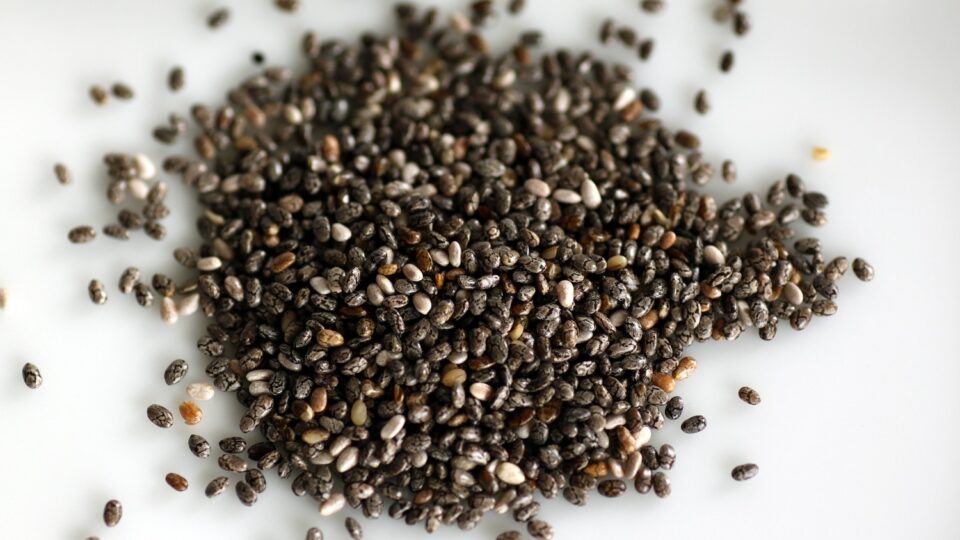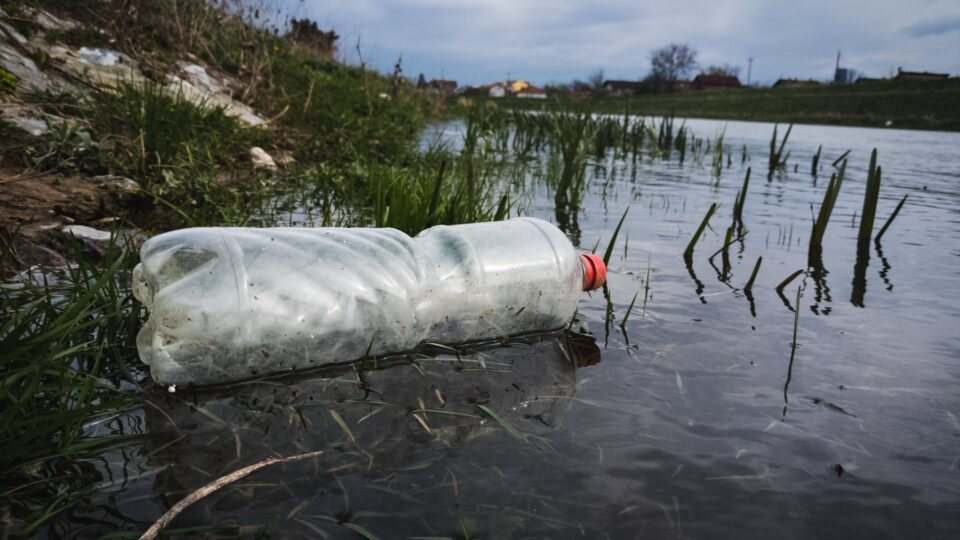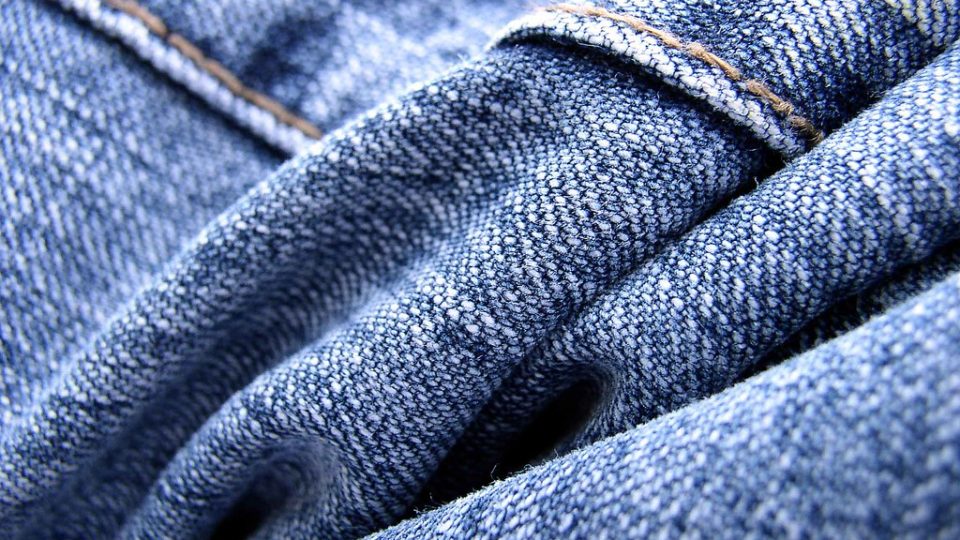The world’s largest sink for carbon dioxide from the atmosphere is the ocean. The world’s oceans soak up 30-40% of all the gas produced by human activities. Dissolving carbon dioxide in water produces carbonic acid. This is the reason that oceans are becoming increasingly acidic, which is causing serious damage to ocean ecosystems.
There are many efforts underway aimed at directly removing carbon dioxide from the air as a way to mitigate the effects of ongoing emissions. But another possibility is to remove CO2 directly from ocean water. Existing methods for doing it involve the use of expensive membranes and complex chemicals. The economics of such methods are quite unfavorable.
Recently, a team of researchers at MIT has identified what they claim is a truly efficient and inexpensive removal mechanism. It involves a reversible process based on membrane-free electrochemical cells. Electrodes in the cells release protons that are introduced to seawater which drive the release of carbon dioxide dissolved in the water. The carbon dioxide can be collected and the processed water ends up being alkaline.
Running this process at a site that is already collecting seawater – such as at a desalination plant – would be an effective way to collect carbon dioxide as well as help mitigate ocean acidification.
Once the carbon dioxide is removed from the water, it still needs to be disposed of, just as is the case for other carbon removal processes. It could be turned into useful chemicals or it could be stored in underground caverns. But this approach is fairly unique in that the carbon dioxide has already been captured by the ocean. The issue remains what to do with it.
**********
Web Links
How to pull carbon dioxide out of seawater
Photo, posted January 19, 2016, courtesy of Judy Dean via Flickr.
Earth Wise is a production of WAMC Northeast Public Radio










